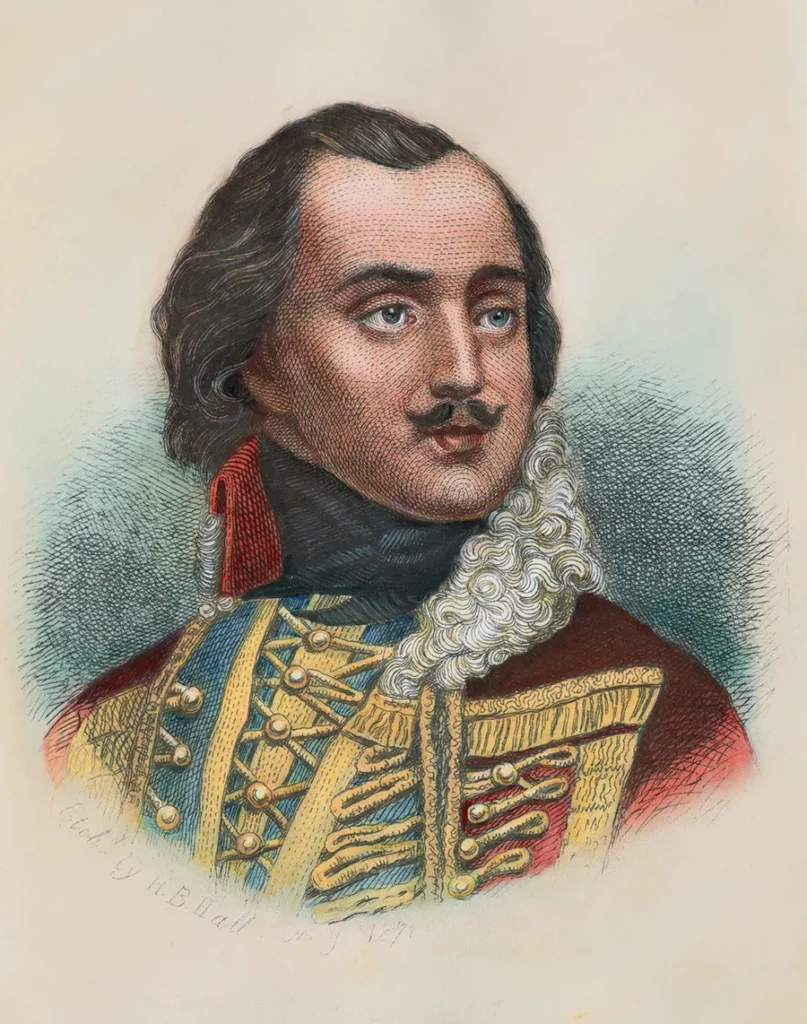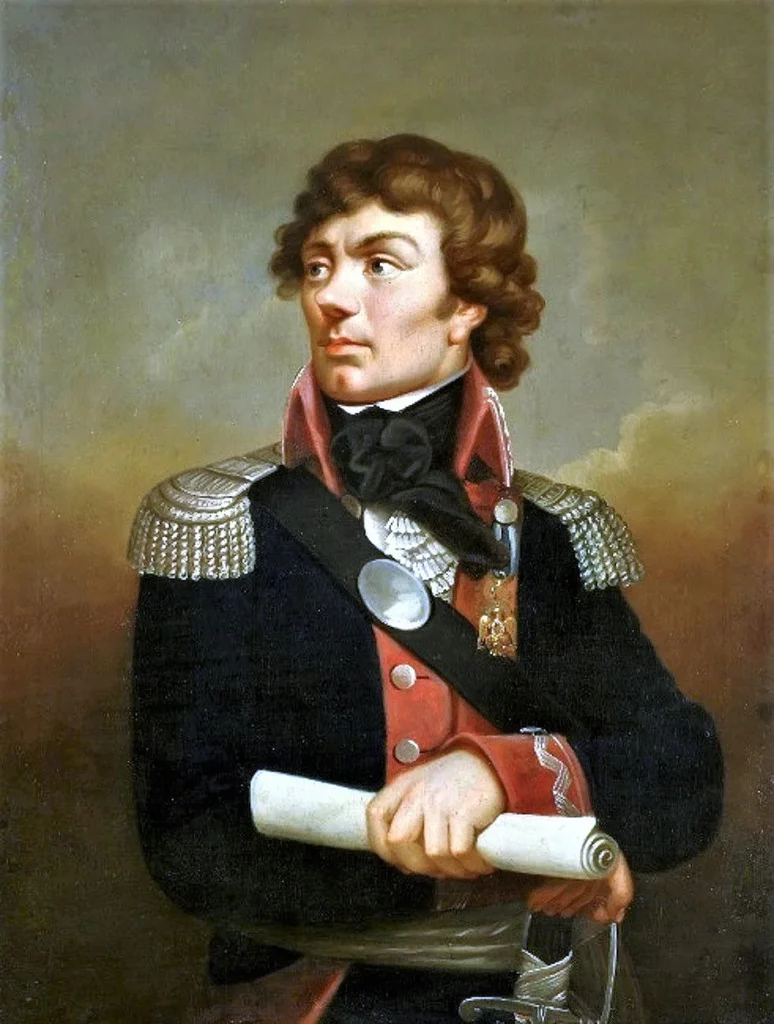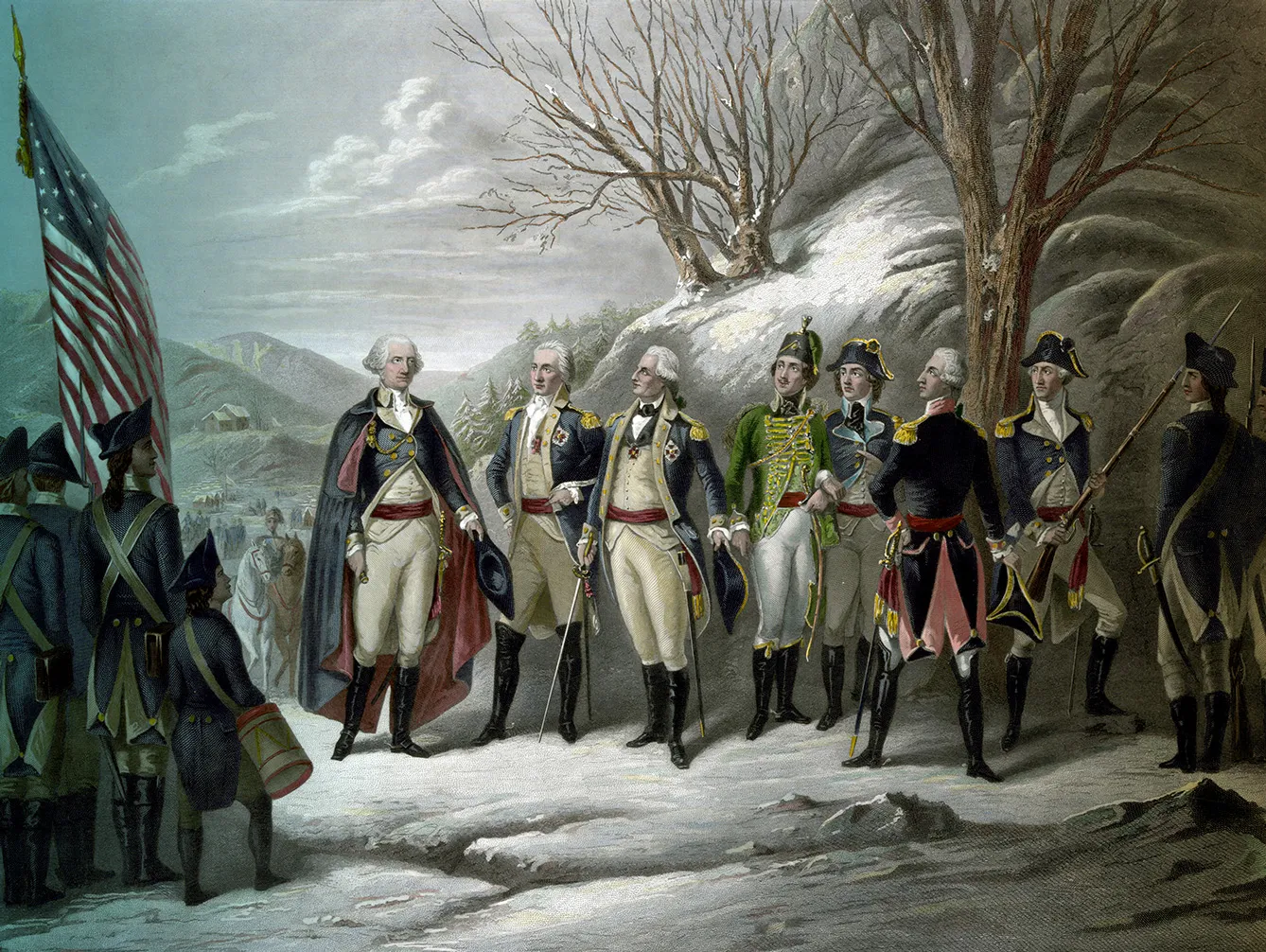Poles do not like to lay down their arms. Even after the loss of independence with partitions and lost wars, they have always sought victory under any banner (as long as it wasn’t a white flag). They have always proudly united under mottos such as “Freedom” or “Right Cause” embroidered on the leading standard.
In Polish history, many figures were unwilling to lay down their arms after losing a battle, seeing no future for themselves in the lands conquered by the enemy, sided with foreign causes, and unable to bear the thought that others could share the fate of their homeland. What hadn’t worked in their homeland was not necessarily destined for failure elsewhere. Two of such figures deserve special attention.
For your freedom and ours
It is not certain what the world’s most powerful army – the United States armed forces – would be today if it were not for two Polish soldiers. These two followed the slogan “For Your Freedom and Ours” long before it was first written on a banner raised during a demonstration against the Tsar in Warsaw on 25 January 1831.
Today, both are recognized heroes of two nations – Polish and American, and both left Poland to wander, ending with an amazing military career in a young country that years later turned into a superpower, also thanks to them. For one of them, participation in the American War of Independence in the late 18th century was the end of the combat march. For the other, it was only the beginning.


Kazimierz Pułaski: Father of US cavalry
“Count Pułaski of Poland, an officer known throughout Europe for his courage and fight for the freedom of his country against the superior forces of Russia, Austria, and Prussia, can be of great use in our service” – Benjamin Franklin to George Washington, 29 May 1777
A representative of Polish nobility, the proud and impulsive Kazimierz Pułaski came to the United States in 1777 after years of exile caused by the collapse of the Bar Confederation (Conspiracy against the Russian invaders), in which he was one of the significant commanders.
Until he was mortally wounded in 1779, he fought with the rank of Brigadier General of the Continental Army. On 11 September 1777, at the Battle of Brandywine, he saved George Washington’s life with a daring cavalry maneuver, paving the way for his general promotion and convincing Congress of the need to create regular cavalry units. In 1778, he formed a cavalry legion, leading it to victory over the English at the Battle of Charleston. His remains, found in 1996 on a farm in Savannah, were buried with full honors.
Tadeusz Kościuszko: fortifying West Point
Tadeusz Kościuszko arrived in the States in 1776. As a graduate of the Polish School of Knighthood and a course in battle engineering, he was of great use to the Americans fighting for freedom. As an engineer for the army, he fortified Philadelphia, then fortified various Continental Army military camps in the north for many months. His work was essential in the American victory at the Battle of Saratoga, which brought him considerable fame and the honor of fortifying… West Point – an important fortress, which later became America’s first elite military academy, training officers from around the world. Kościuszko was faithful to the idea of freedom during his stay in the US – he used the money he earned to free slaves. He later returned to Poland and became a national hero of the war against the Muscovites.
Both Pułaski and Kościuszko were once just soldiers from an occupied country looking for a chance to fight. They then found themselves on the other side of the world, leading a foreign nation against tyranny toward freedom. Today their memory lives on in the US, and their example has become part of the finest military traditions of the US armed forces.
See Also: The 9th Generation of Pole in Haiti







